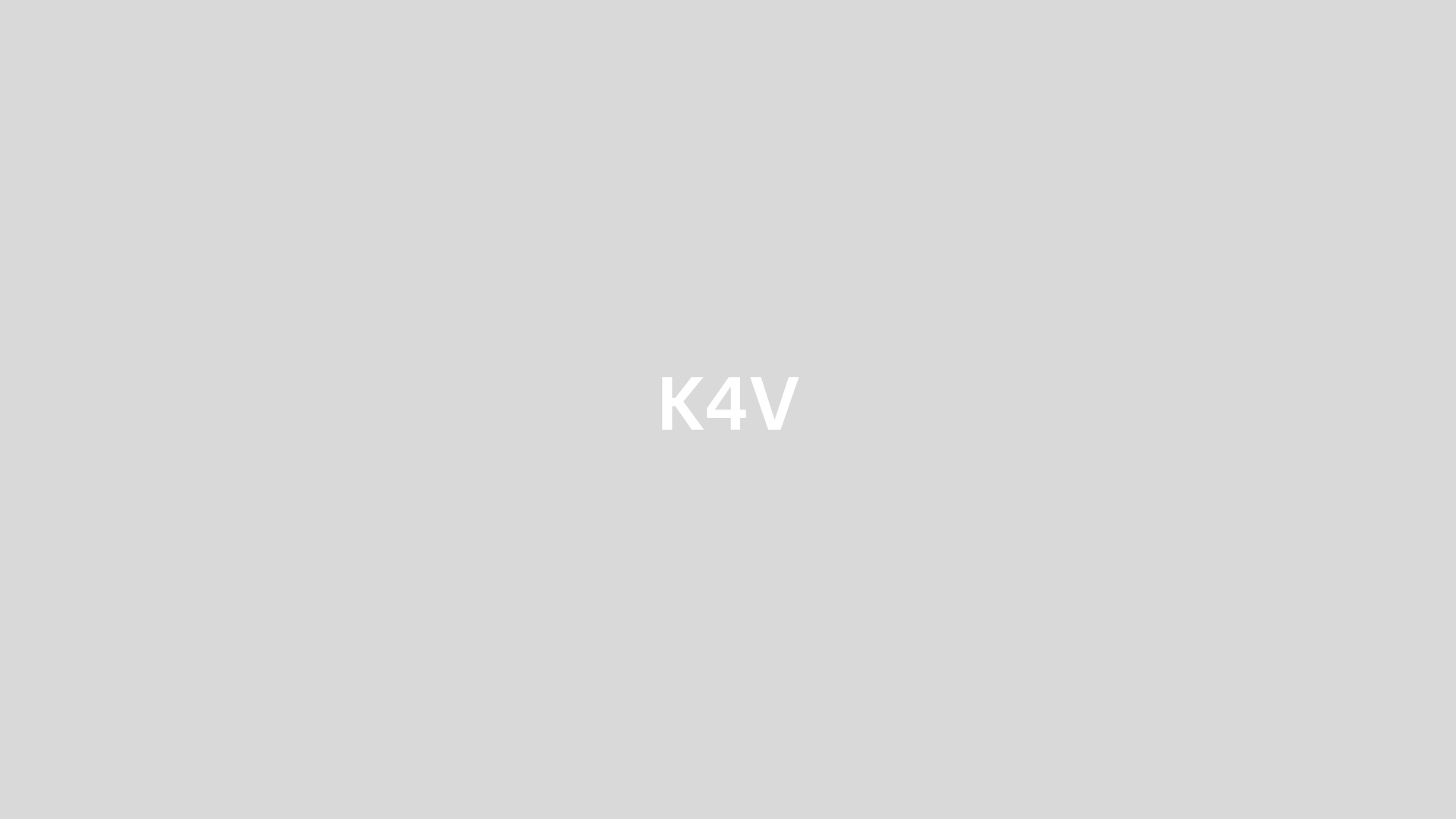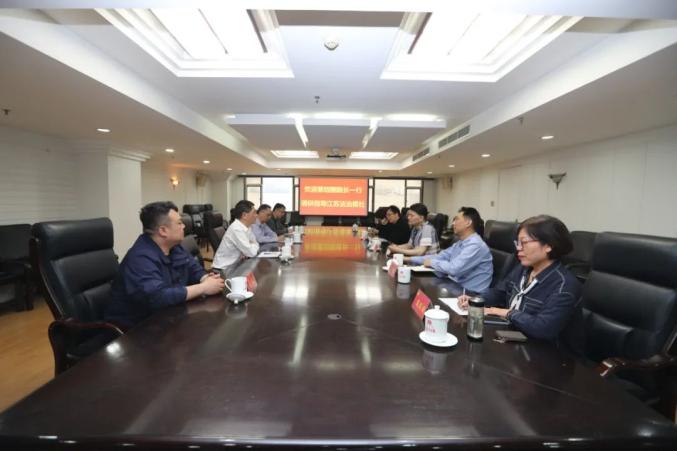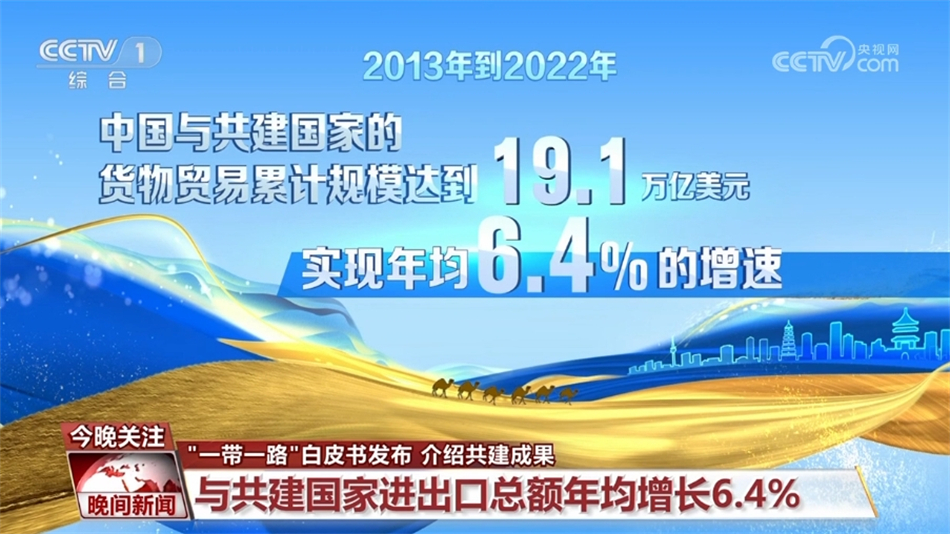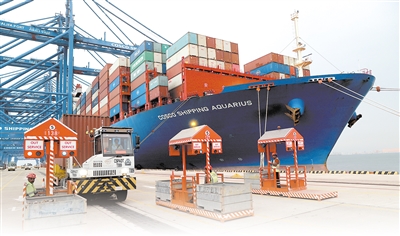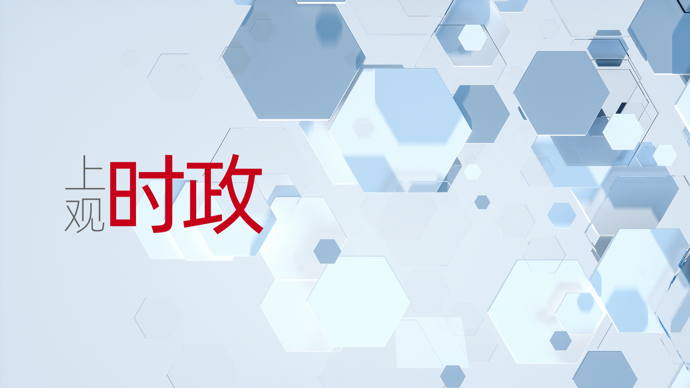Do You Know Who Did So Many Good Things?
Do You Know Who Did So Many Good Things?
Do you know who did so many good things?A glass of milk and an egg every day is very common for children in the city, but for many children in poor areas, it is a
Do you know who did so many good things?
“I’ll be a meal”

A glass of milk and an egg every day is very common for children in the city, but for many children in poor areas, it is a "luxury" wish.
The "Iga Meal" project launched in 2008 aims to improve the nutritional status of children in poor areas through nutrition meals, loving kitchens and nutrition education. As of 2014, this project has provided nearly 32 million nutritious meals for 160,000 children in impoverished areas, and has established more than 600 standardized loving kitchens, benefiting about 200,000 students.
Love parcel

Giving children a love package and seeing their innocent smiling faces is the best thing to do.
From 2009 to the present, the total amount of donations in the project in the past five years has exceeded 320 million yuan, benefiting 2.73 million students from 10,161 schools in 29 provinces, autonomous regions, municipalities, and 478 counties. On average, one child is helped every minute.
Emergency Rescue

The emergency rescue project implemented since 2003 advocates and promotes cooperation between the government and non-governmental organizations in the field of disaster relief, builds a humanitarian rescue network, carries out disaster reduction and prevention training, and strengthens capacity building and network construction of relevant parties. In 2014, the emergency rescue project launched disaster management in all areas, including disaster reduction and prevention, disaster preparation, disaster rescue and post-disaster reconstruction.
They did so many good things!

The China Poverty Alleviation Foundation was established in 1989. It is a national poverty alleviation public welfare organization registered with the Ministry of Civil Affairs and under the supervision of the State Council Poverty Alleviation Office. With the support of all sectors of society, as of the end of 2015, a total of 17.746 billion yuan in poverty alleviation funds and materials have been raised, benefiting 24.7932 million people in the poverty alleviation public welfare field, and has become the largest and most influential public welfare organization in China's poverty alleviation public welfare field.
Current situation of poverty alleviation in my country: Data shows that with the deepening of poverty alleviation and development, the number of poor people in my country has decreased significantly. According to my country's poverty alleviation standards, the cumulative reduction of 250 million poor people from 1978 to 2010. Based on years of exploration, my country's poverty alleviation model has initially formed a basic framework of three aspects: targeted poverty alleviation, East-West poverty alleviation cooperation, and military participation in poverty alleviation. Now, the central government's poverty alleviation ideas have shifted to targeted poverty alleviation and targeted poverty alleviation, and have proposed new goals to eliminate another 70 million poor people in 2020.
China's poverty alleviation work is also in full swing internationally. Since 2005, poverty alleviation organizations represented by the China Poverty Alleviation Foundation have proposed an internationalization strategy, providing assistance to natural disasters around the world such as Indonesia's tsunami, the United States' new Katrina, Myanmar typhoon, the Pakistani earthquake, Chile, Haiti and Japan earthquakes, and drought in the Horn of Africa drought. They have also carried out rescue operations for hungry children in Cambodia, Guinea-Bissau and Sudan's poor mother and baby.
In countries along the "Belt and Road", they also brought love from China.
Smiling Children (Ethiopia)

The project covers 42 public welfare schools in Ethiopia, with about 3,200 students, and was launched in May 2015.
Regarding this project, he said this:
Wang Xingjiu: After they arrived at school, their mental state has improved greatly compared with before, and their academic performance and academic performance have improved greatly compared with before. We were very happy to see such results, and what made us even more happy is that this project is recognized by many local companies because it has very good implementation results.
Sino-Soviet Abu Ou Room Friendship Hospital (Sudan)

China has sent people to the hospital's board of directors to participate in the management. In the future, doctors will also send doctors to help the hospital improve their professional skills and doctors and nurses, and use this hospital as a central point to radiate to surrounding communities.
Regarding this project, he said this:
Wang Xingzui: Local poor mothers received prenatal examination services and hospitalization and delivery services. The hospital's operation effect is very good, with the number of patients visiting the hospital increasing by about 15% every year, and the hospital's income level increases by 30% every year.
Nepal earthquake aid

On April 25, 2015, a super earthquake of magnitude 8.0 or above occurred in Nepal.
Regarding this project, he said this:
Wang Xingjiu: After the earthquake on April 20, our friends in Lanzhou arrived at the disaster area of the Nepal earthquake on the 26th, and carried out work in an orderly manner under the guidance of the foundation headquarters. So far, we have raised more than 10 million yuan in total. In the process of foreign aid by the Poverty Alleviation Foundation, the scale is unprecedented.
In addition to carrying out aid projects, the China Poverty Alleviation Foundation is also actively learning and introducing successful poverty alleviation models abroad.
Yunus founded the Bangladesh Rural Bank in 1983 and used credit guarantees to break through the barriers of traditional banks. Millions of poor people have been lifted out of poverty and received education. Micro-loan poverty alleviation has won Yunus and the Rural Bank the 2006 Nobel Peace Prize. In the early 1990s, this model was introduced to China by Professor Du Xiaoshan, a researcher at the Academy of Social Sciences, and handed over to the China Poverty Alleviation Foundation for implementation. It was localized on the basis of following the Grameen Bank model.
Want to know the development history of China Poverty Alleviation Foundation over the past 20 years
Want to know how China Poverty Alleviation Foundation goes abroad
Want to understand the great contributions made by China Poverty Alleviation Foundation in poverty alleviation and development in countries along the Belt and Road
At 21:20 on August 16, Ningxia Satellite TV's "Decode the Belt and Road Initiative", international issues expert Ma Xiaolin talked with Wang Xingzui, vice president of the China Poverty Alleviation Foundation, to discuss how China's poverty alleviation strategy should enter the "Belt and Road Initiative"? stay tuned!




